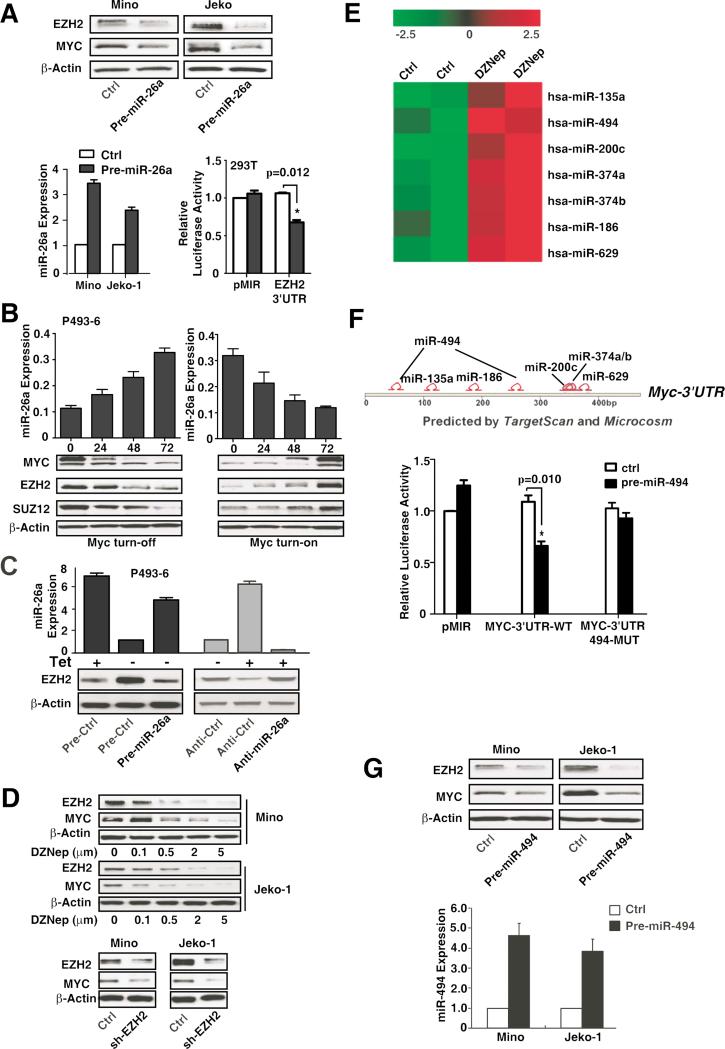Figure 6. Myc-miR-26a-EZH2-miR-494 positive feedback loop sustains Myc activity and miR-29 repression.
(A) EZH2 is a direct target of miR-26a. Overexpression of miR-26a downregulates EZH2 and Myc expression and suppresses EZH2 3’-UTR luciferase activity in 293T cells. (B) miR-26a expression is regulated by Myc. miR-26a, EZH2, SUZ12, and c-Myc protein expression levels in Myc turn-on and Myc turn-off P493-6 cells. (C) Overexpression of miR-26a by Pre-miR-26a suppresses Myc-induced EZH2 expression in Myc-on P493-6 cells, while suppression of miR-26a by Anti-miR-26a increases EZH2 expression in Myc-off P493-6 cells. (D) Inhibition of EZH2 with DZNep or shRNA decreases Myc protein expression. (E) Putative Myc 3’-UTR targeting miRNAs are upregulated by EZH2 inhibition. (F) TargetScan and microCosm depicting potential binding sites for the DZNep upregulated miRNAs in Myc-3’-UTR and Myc is a direct target of miR-494. 293T cells are co-transfected with luciferase reporters, which contain the wild-type or mutant of Myc 3’-UTR, and overexpression of miR-494 inhibits Myc-3’-UTR but not mutant 3’-UTR luciferase activities. (G) Overexpression of miR-494 suppresses Myc and EZH2 expression. Results are representative of 3 independent experiments or means ± SD from at least 3 biological replicates. (See also Figure S5)

